
#563 – Gog (1954)

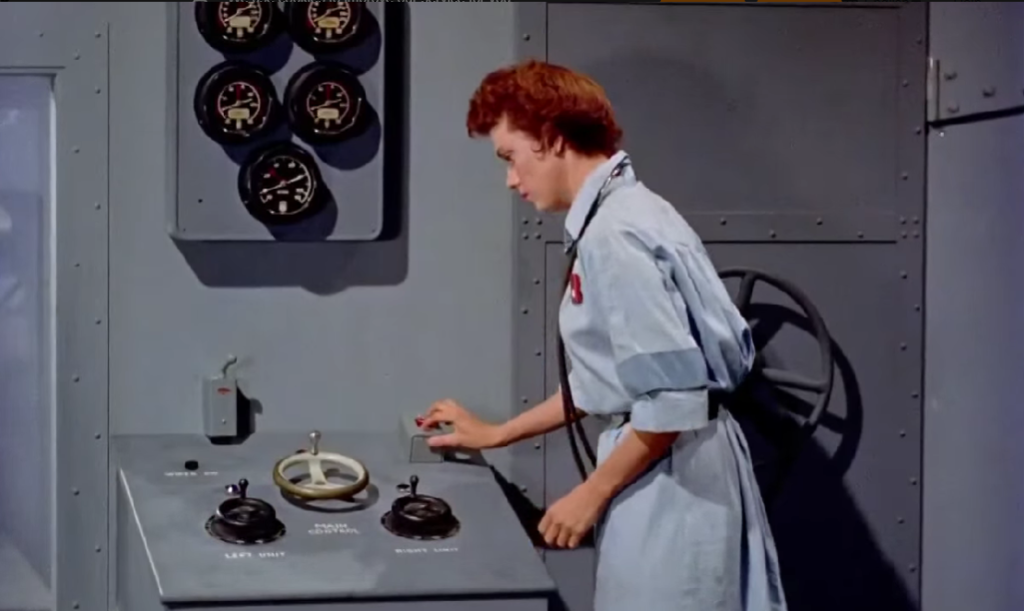

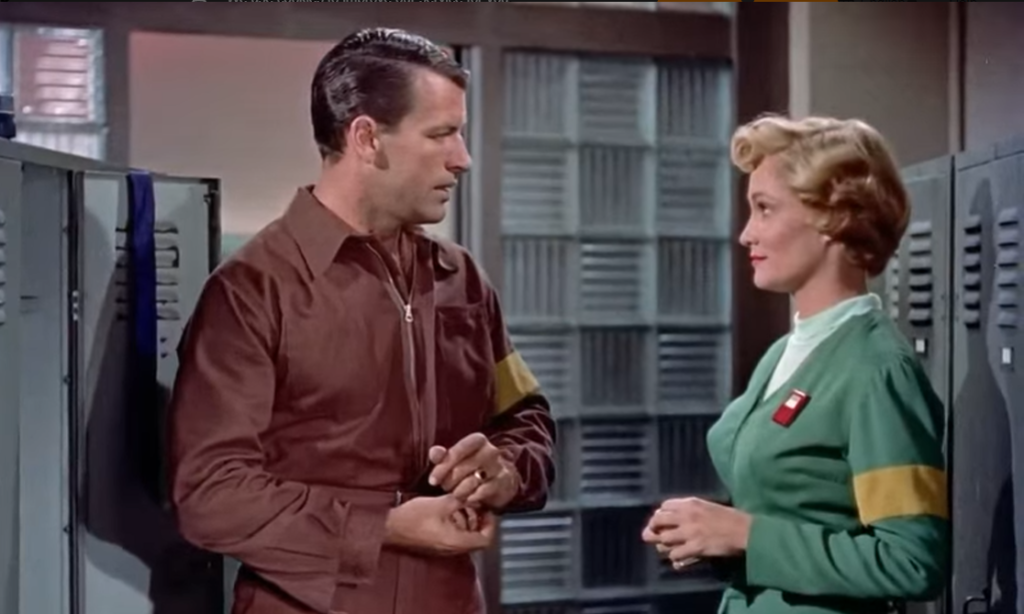
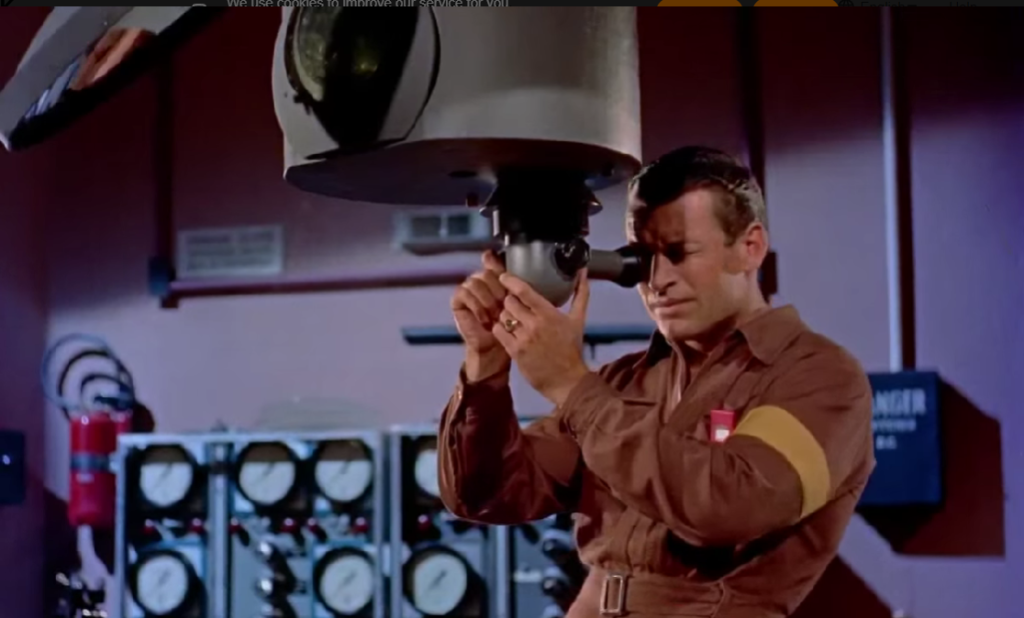
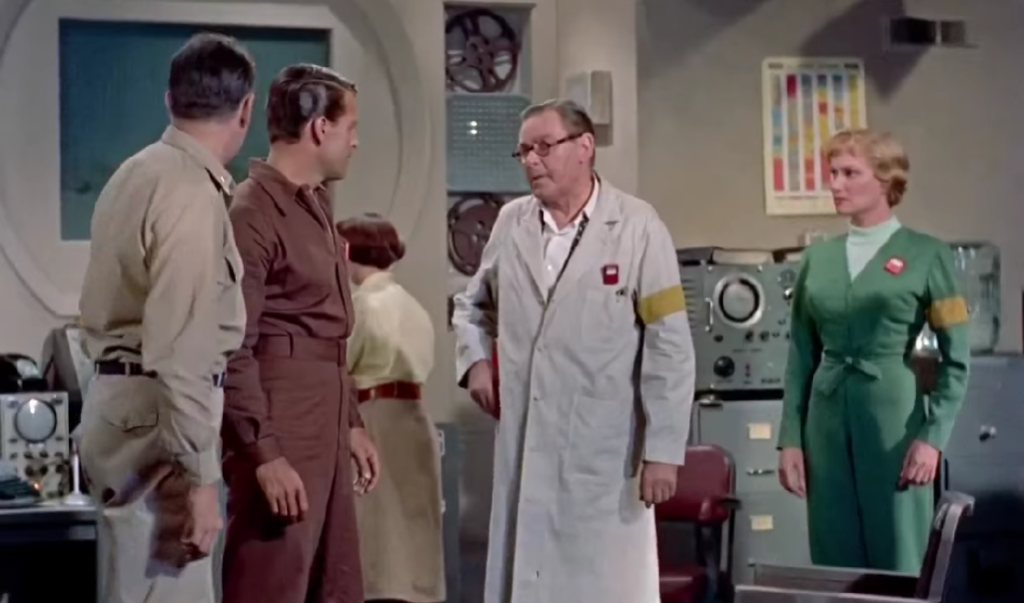
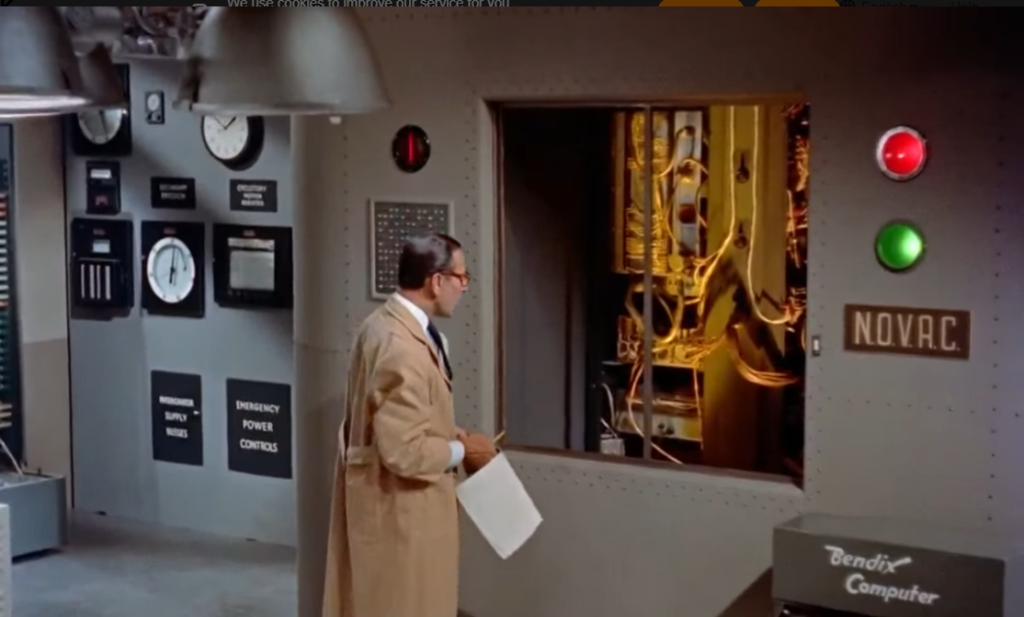
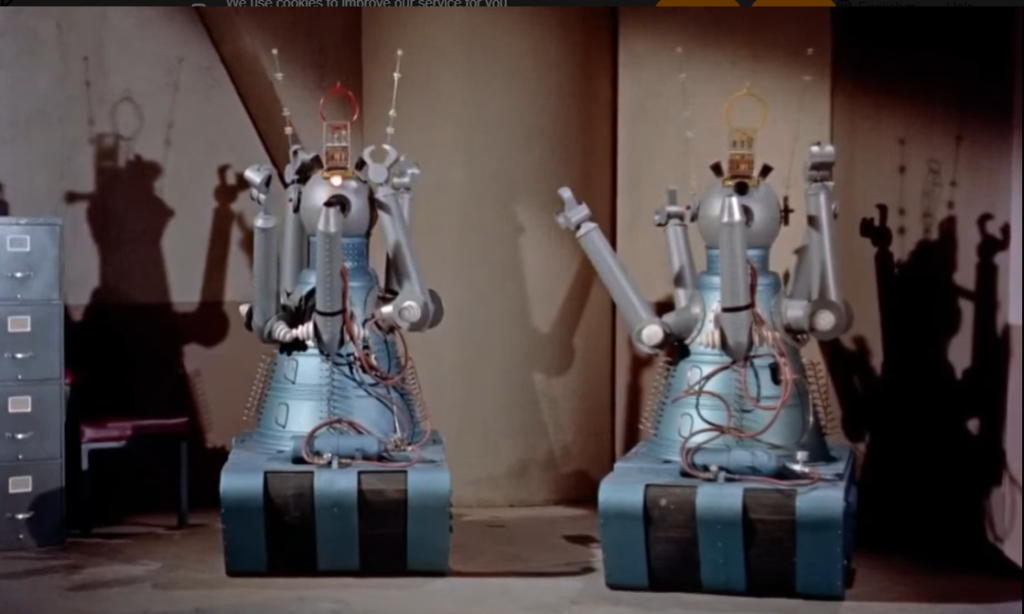
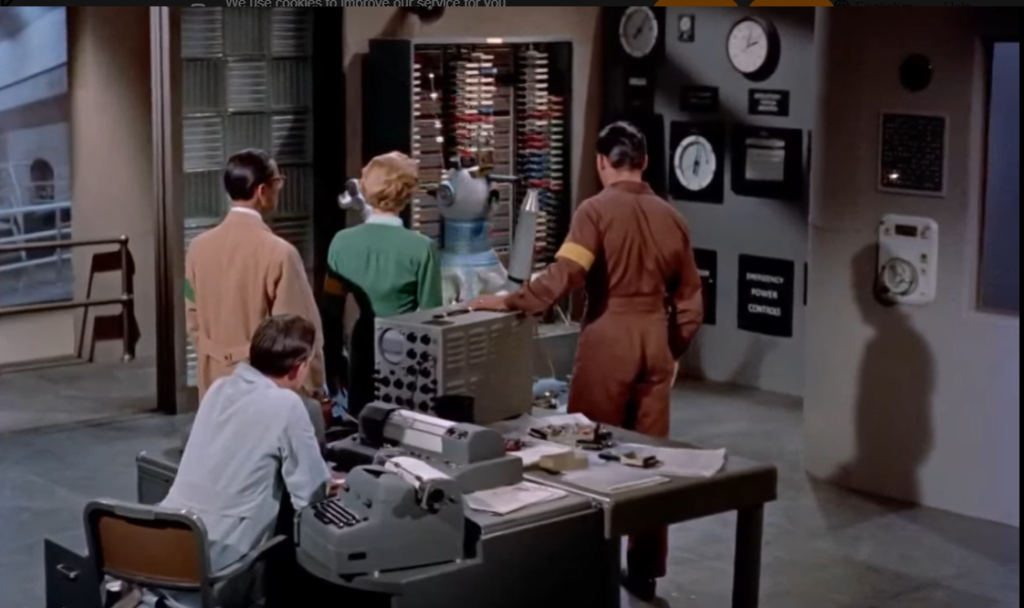
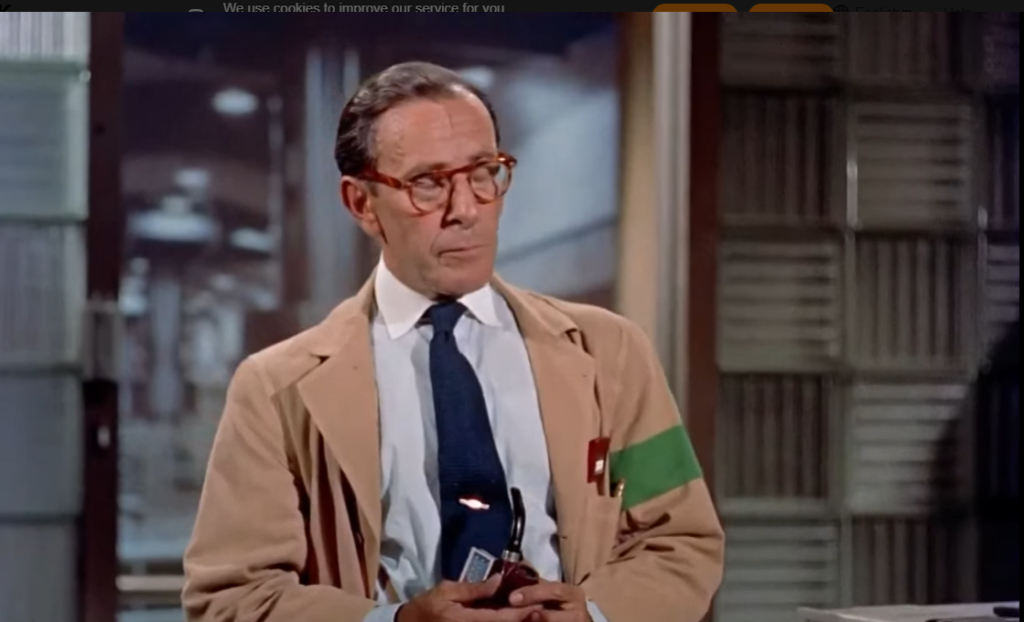
Gog (1954)
Film review #563
Director: Herbert L. Strock
SYNOPSIS: A series of unexplained malfunctions at a top-secret government facility in New Mexico leads to suspicions of sabotage, and the Office of Scientific Investigation (OSI) send Dr. David Sheppard to investigate the facility. As some of the scientists are killed under mysterious circumstances, it becomes a race against time to unravel the mystery before more people are killed…
THOUGHTS/ANALYSIS: Gog is a 1954 sci-fi film. It is the third of a trio of films independently produced by Ivan Tors that feature the Office of Scientific Investigation (OSI) in some form. This time, we see Dr. David Sheppard travel to a top secret government research facility in New Mexico, where strange malfunctions have been occurring which is suspected to be sabotage. As a number of prominent scientists die under mysterious circumstances, Sheppard must work out who is responsible, and stop them. Like the other two films produced by Ivan Tors, The Magnetic Monster and Riders to the Stars, the film goes heavy on science fact more than science fiction, with it going into a fair amount of detail on the structure of the facility, radiation, the different projects etc. There is obviously a lot of consideration and thought that has gone into getting everything as accurate as possible, but the downside to this is that there are a lot of scenes which are just standing around talking exposition. The things they are talking about would probably have been a lot more interesting and “futuristic” back in 1954, whereas today all the talk of computers and radiation might seem a bit mundane. Another problem with all this dialogue is that it breaks up the flow of the story quite a lot, so it struggles to maintain energy throughout, and leaves you wondering just what you are supposed to be paying attention to.
The characters are probably the weakest element of the film: the main character, David Sheppard, is just the typical male lead, and him being a scientist of some sort doesn’t really play into the story. The story does have more than one female character at least, but the main female lead just serves as an assistant/love interest for the male lead just like every other film of the time. The rest of the cast are the various scientists that are in the research facility, each of which has a research specialty, and come from a different country (reflecting the U.S. tendency to recruit scientists from their enemies in World War II). The different subjects are again explained and provide a bit of variety, but again, the characters themselves don’t really stand out: they’re all just middle-aged or elderly men in white lab coats.
The most interesting aspect of the film is the NOVAC computer, which apparently controls most of the functions of the facility. Again, this is one of those things which wouldn’t be too interesting nowadays, but back in 1954, having such a computer and having it explained in such detailed would have been fairly novel. We also have the two robots, which again look clunky and cheap nowadays, but have a life of their own which would have been impressive: even more so because the film is a rare colour sci-fi film, like Riders to The Stars, so the sets and props really stand out compared to many other b-movie films. There’s a nice amount of detail, and the setting is well constructed, to give it an authentic, yet futuristic feel. Also, the finale of the film just has everyone fighting with flamethrowers, so that’s pretty cool if nothing else. Overall, Gog is a neat little movie that has plenty of substance and detail, relying on science fact rather than science-fiction. The drawback to this is that a lot of explaining what is going on is required, and halts the momentum in the story constantly. The clear effort put into the science and the design of the sets and robots does make the film stand out from it’s contemporaries as well as being in full colour, but it’s shortcomings mean the film is very much a mixed bag.

